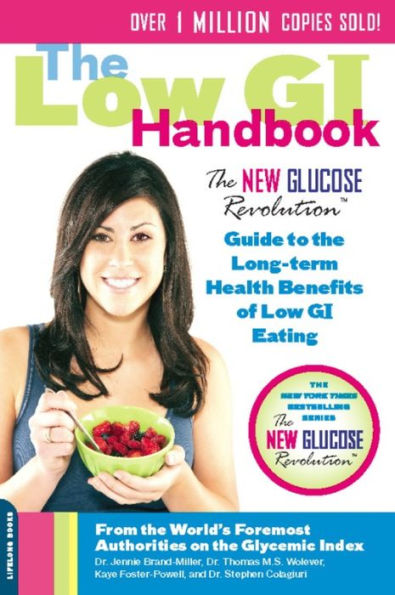Table of Contents
Introduction ix
Part 1 What Is the Glycemic Index?
1 The GI-A Brief Overview 3
2 Exactly How Does the GI Work? 11
3 What Determines Whether a Food Is High or Low GI? 21
4 What's Wrong with Today's Diet? 31
5 Carbohydrate-The Big Picture: What It Is, Why We Need It, How We Digest It 39
6 How Much Carbohydrate Do You Need? 47
Part 2 The GI and Your Health
7 The GI and Weight Control 57
8 The GI and Diabetes 72
9 The GI and Prediabetes 83
10 The GI and Pregnancy 90
11 The GI and Hypoglycemia 98
12 The GI, Heart Health, and the Metabolic Syndrome 101
13 The GI and Polycystic Ovarian Syndrome (PCOS) 113
14 The GI and Children 120
15 The GI and Exercise 133
16 The Latest Findings about the GI 144
Pare 3 Questions & Answers
17 Fifty Frequently Asked Questions about the GI, Answered 159
Part 4 Your Guide to Low GI Eating
18 Making the Change to a Low GI Diet 191
19 Putting It on the Plate 210
20 Weekly Low GI Menu Ideas 223
21 The Low GI Shopper 232
22 Fifty Recipes for Low GI Living 238
Breakfasts and Brunches 241
Soups, Salads, and Vegetarian Fare 251
Light Meals, Lunches, and Savory Snacks 260
Main Dishes 270
Desserts and Sweet Treats 286
Part 5 The Authoritative Tables of GI Values
23 An Introduction and How to Use the Tables 301
24 The Authoritative Tables of GI Values 305
Glossary: An A to Z of Key Terms Used Throughout This Book 347
Further Reading: Sources and References 364
Thank You 369
Index 371
Recipe Index 382
About the Authors 384



